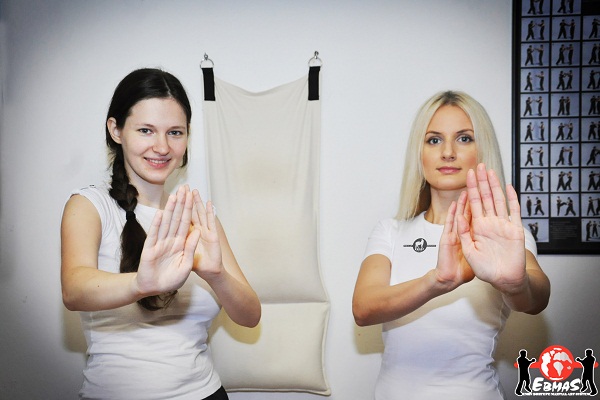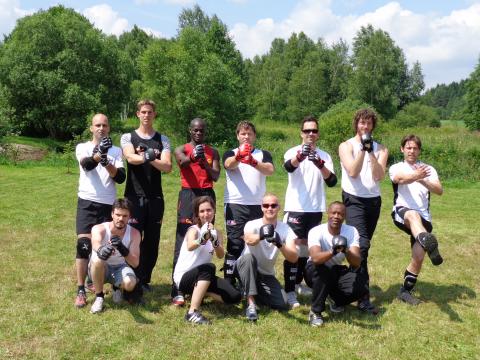History of WT
The martial art was developed more tan 250 years ago in China by the nun Ng Mui and the beautiful Yim Wing Tsun, after whom it is name. Thanks to their highly developed martial art technique these women could win fights against the strongest men of their time. Since then Wing Tzun had been taught practically only within families and clans. The great master YIP Man who died in 1972, was the last wing Tzun teacher who taught Chinese students exclusively. Today, there are tens of thousands of members worldwide (in over 56 countries) who are learning this martial art system.
Grandmaster YIP MAN
Born of a respectable family, the wealthy owner of a large farm and houses along the whole length of one street, he should have been a young nobleman leading a sheltered and protected life, never even allowing his hands to get wet with the warm water of spring. Yet, to the surprise of all, he showed a special liking for the art of fighting. So, at the age of thirteen, he received tuition in kung-fu from Chan Wah Shun, whose nickname was “Wah the money-changer”, a favorite disciple of Grand Master Leung Jan of the town of Fatshan in the Kwangtung Province. As Wah the money-changer had to rent private premises for teaching his followers since he did not have a permanent site for his gymnasium, the father of Yip Man was kind enough to allow him to make use of the Ancestral Temple of the Yip clansmen. However, the high amount of the tuition fees imposed on his disciples, usually as much as three taels of silver a month, had resulted in a small number of students in his gymnasium. Yip Man, being the son of the owner of the premises, became closely associated with Wah. Attracted by Wah¹s kung-fu techniques, Yip Man eventually decided to follow him in the pursuit of the art of fighting. So one day, to Wah¹s surprise, Yip Man, bringing with him three taels of silver, requested that Wah admit him as a student. This aroused Wah¹s suspicion on how Yip Man had obtained the money. Upon inquiring into the matter from Yip¹s father, Wah found that Yip Man had gotten the money by breaking his own savings pot to pay for tuition fees. Touched by Yip Man¹s eagerness and firm decision to learn kung-fu, Wah finally accepted him as a student, but did not teach him with much enthusiasm, as he regarded Yip Man as a young gentleman, too delicate for the fighting art. Nevertheless Yip man strove to learn much, using his own intelligence and the help of his elder kung-fu brothers (si-hings). This finally removed Wah’s prejudice against him. He then began to adopt a serious attitude in teaching Yip Man the art of kung-fu. During Wah’s thirty-six years of teaching, he had taught, in all, sixteen disciples, including his own son Chan Yu Min. Among these disciples of his, Yip Man was the youngest to have followed him and continued to do so until his death. Yip man was sixteen when his master Wah the money-changer died of a disease. In the same year he left Fatshan and went to Hong Kong to continue his education at St. Stephen’s College.




